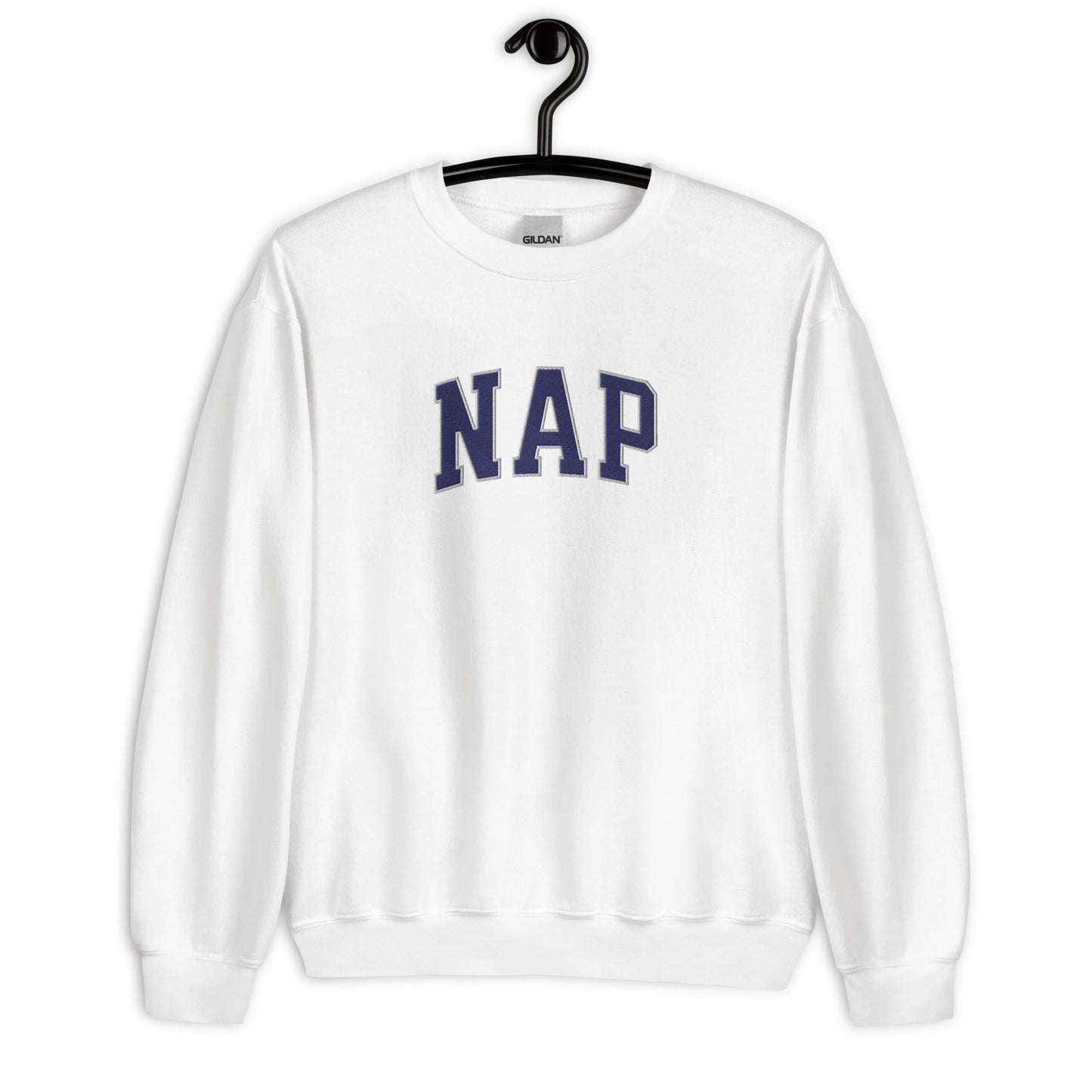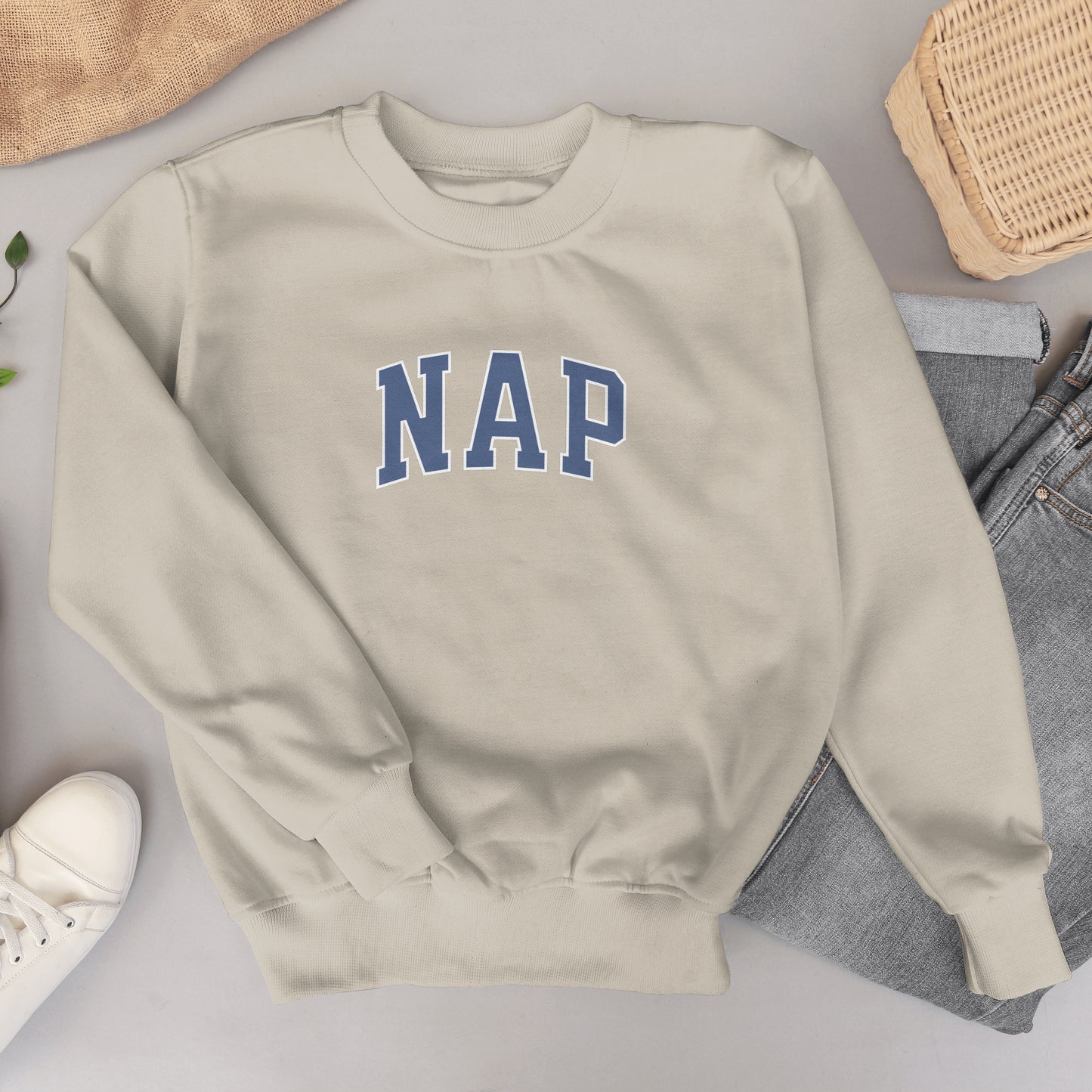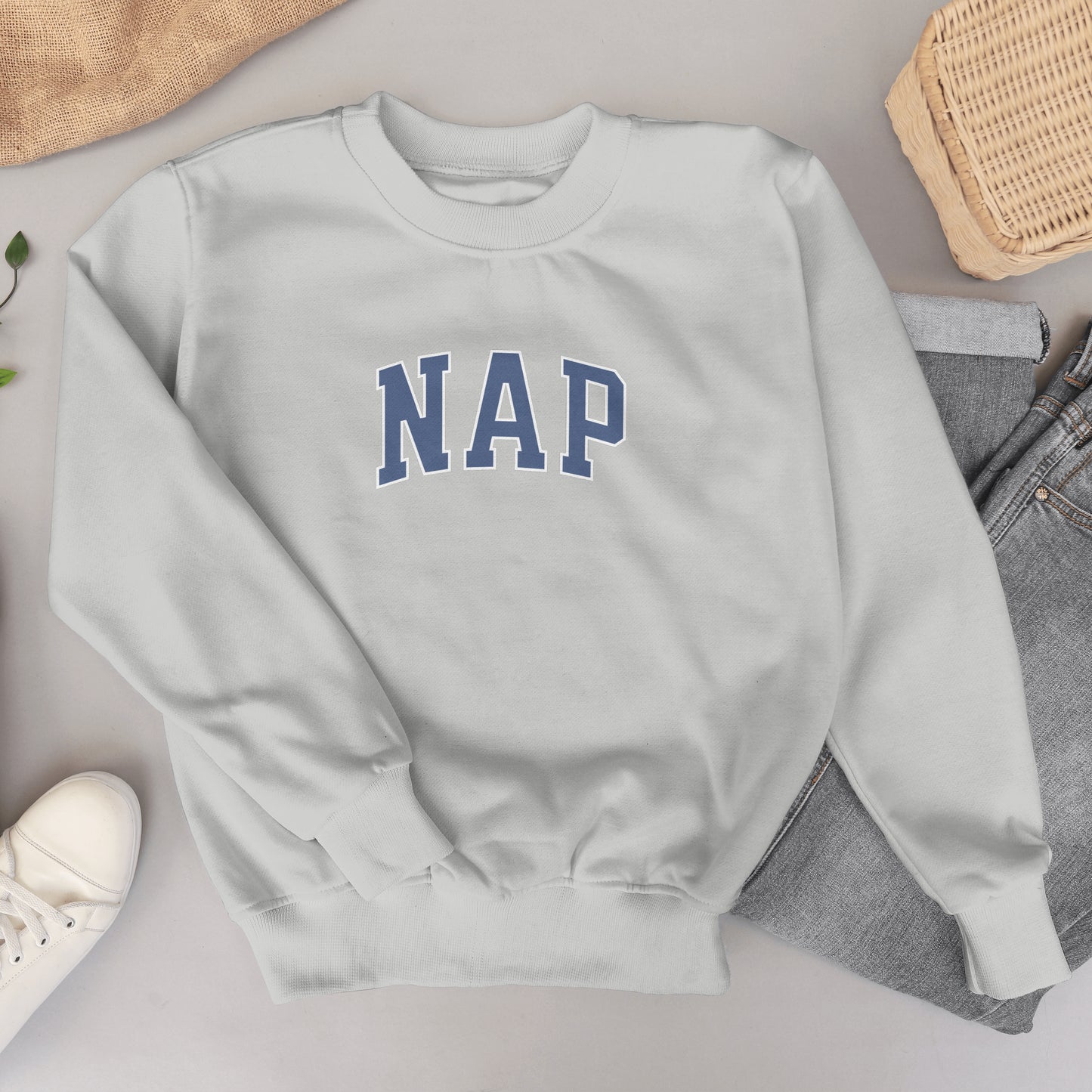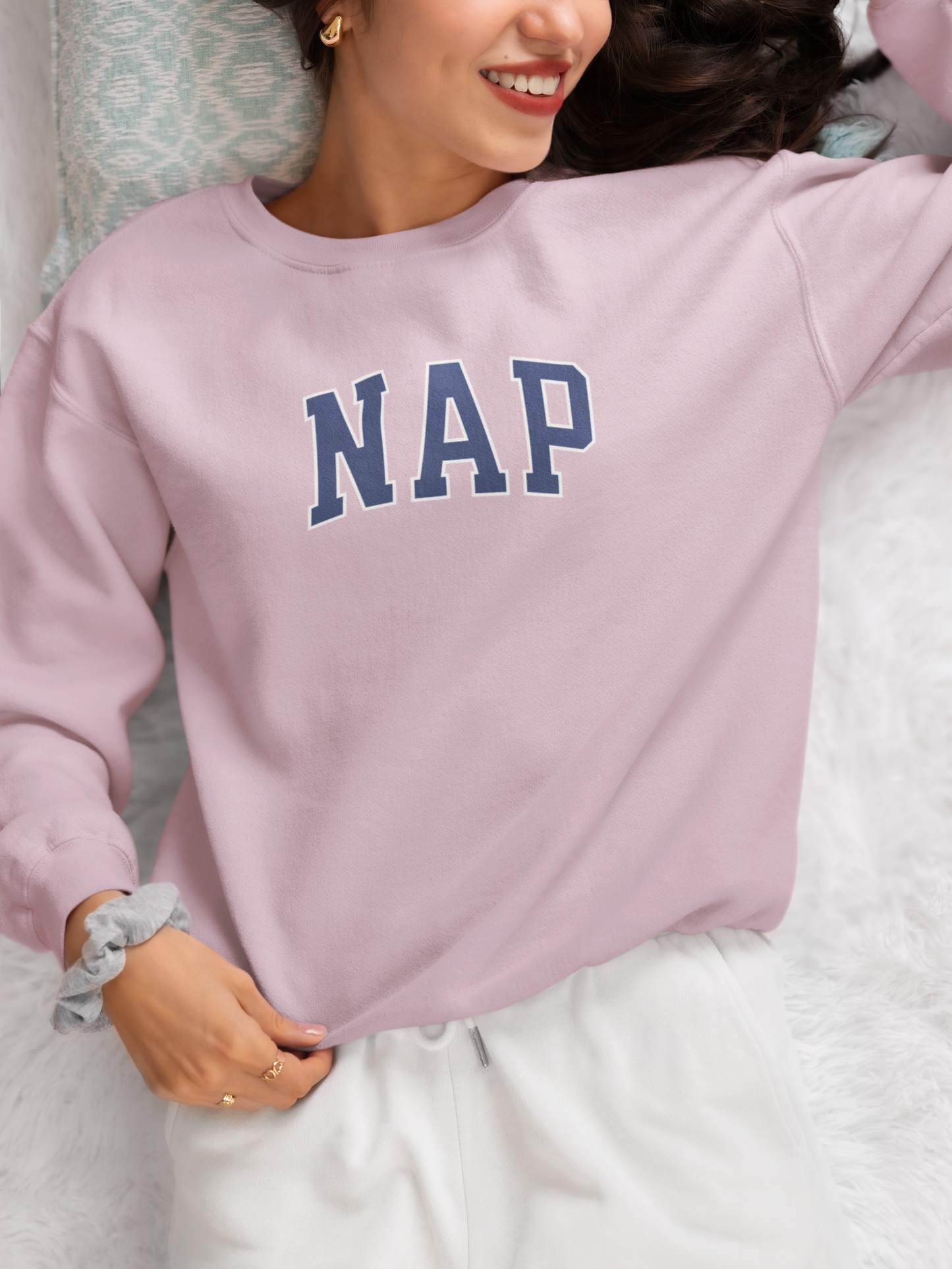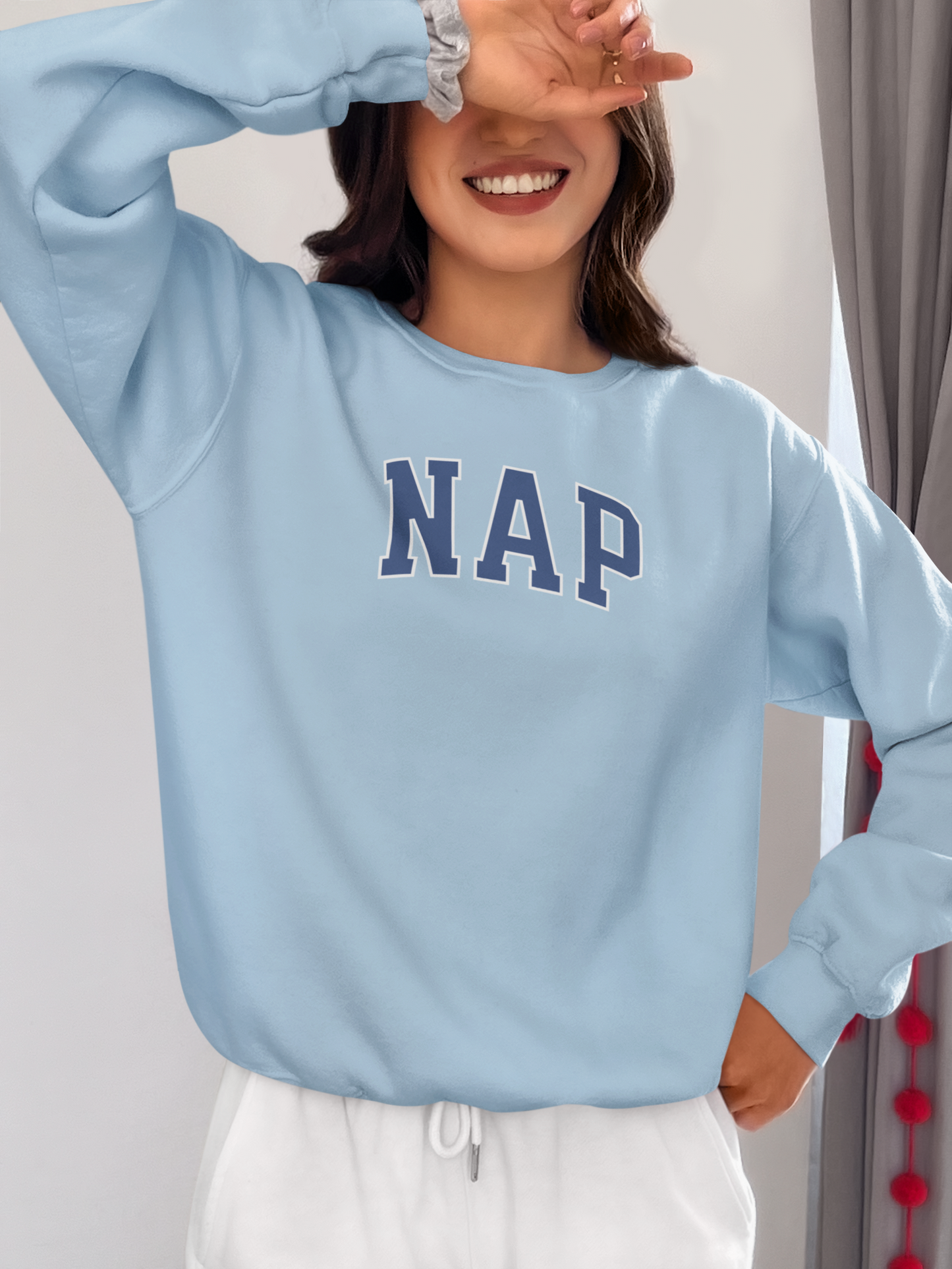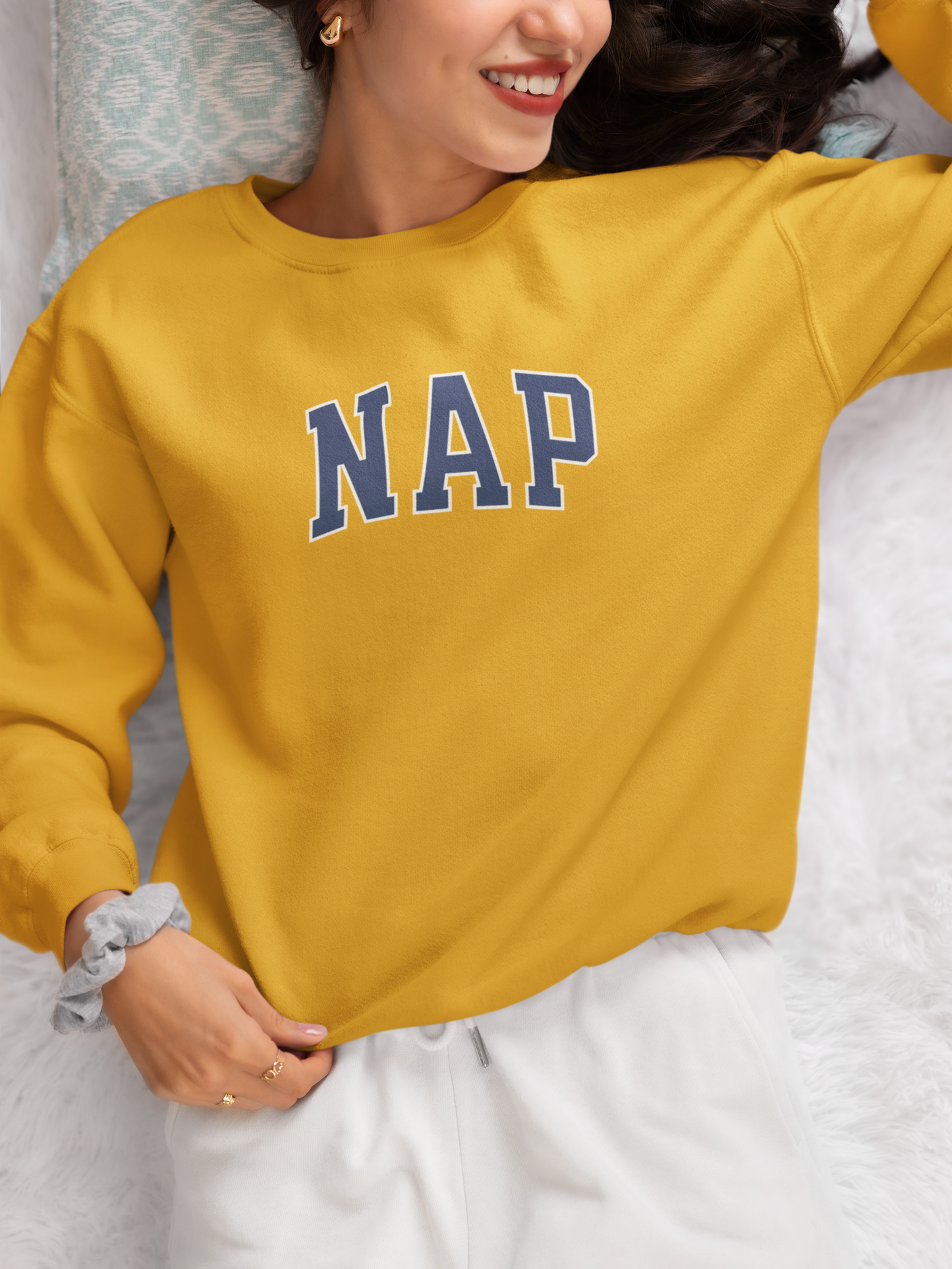
Crafting Calm: How Hobbies Regulate the Nervous System and Foster Self-Care
Share
Discover the Healing Power of Crafting: A Self-Care Guide for Women
In today’s fast-paced world, it’s easy to feel overwhelmed, stressed, and emotionally depleted. Amid the chaos, hobbies and crafts offer a sanctuary—a creative escape that allows us to nurture our mental well-being. These activities not only provide a sense of accomplishment but also have profound effects on the nervous system, helping to regulate emotions, reduce anxiety, and promote relaxation. This blog explores the science behind crafting as self-care, shares inspiring real-life stories, and highlights how you can integrate these activities into your life to cultivate calm and resilience.

The Science of Crafting and Mental Health
Hobbies such as knitting, crocheting, painting, or woodworking involve repetitive motions that can induce a state of mindfulness, similar to meditation. Research shows that engaging in creative activities can:
- Increase serotonin levels: Serotonin, often referred to as the "feel-good" chemical, plays a key role in mood regulation. Studies have found that the rhythmic nature of crafting can boost serotonin production, acting as a natural antidepressant.
- Activate the parasympathetic nervous system: This part of the nervous system is responsible for the body’s "rest and digest" response. By engaging in relaxing activities, we can shift away from the fight-or-flight mode triggered by stress.
- Improve focus and flow: Entering a state of "flow"—where time seems to stand still as you’re fully immersed in an activity—has been linked to reduced stress and increased happiness.
Evidence-Based Benefits
- A study published in the British Journal of Occupational Therapy found that 81% of participants with depression reported feeling happier after knitting.
- Harvard Medical School has documented how crafting reduces heart rate and blood pressure, creating a meditative effect.
- The American Journal of Public Health highlights the therapeutic effects of creative arts in fostering mental health, particularly in reducing symptoms of PTSD and anxiety.
Crafting doesn’t just improve emotional well-being; it can also sharpen cognitive skills and increase overall satisfaction with life. Engaging in hobbies regularly has been linked to better problem-solving abilities, improved memory, and a heightened sense of purpose.

Real-Life Stories: The Transformative Power of Hobbies
A Journey Through Crochet and Recovery
My own story is a testament to the power of crafting during difficult times. After enduring narcissistic abuse, I found myself emotionally drained and searching for a way to heal. Crochet became my lifeline. I would pick up my hook and yarn whenever emotions felt too overwhelming, listening to podcasts about narcissistic personality disorder (NPD) and recovery.
As my hands moved rhythmically, creating beautiful patterns, I allowed myself to breathe, cry, and process my feelings. Crochet gave me something tangible to focus on, helping me work through my emotions and plan my path forward. Over time, I transformed the pain into something meaningful. The blankets and other items I made became gifts for loved ones, a rewarding reminder of resilience and creativity.
Emma’s Painting Practice
Emma, a single mother, discovered painting during the pandemic. "I was juggling work, kids, and isolation," she recalls. "One day, I picked up a brush and started painting. It was chaotic at first, but it became my way to decompress. I noticed that after painting, I was calmer and more patient with my kids." Emma now encourages her children to join her, making it a family ritual that strengthens their bond.
Lisa’s Baking Therapy
Lisa, a nurse, turned to baking as a way to cope with the high stress of her job during the height of COVID-19. "Kneading dough is my therapy," she says. "The tactile sensation, the smell of fresh bread, and the joy of sharing it with others have been incredibly grounding." Lisa now hosts weekend baking sessions with friends, combining her love for the craft with social connection.
Rachel’s Gardening Escape
Rachel, a retired teacher, found solace in gardening after losing her husband. "Digging in the soil, planting seeds, and watching them grow gave me a sense of purpose," she shares. "Each bloom felt like a small victory." Gardening not only helped Rachel navigate her grief but also improved her physical health and provided fresh produce for her family.

Crafting as a Form of Self-Care
1. Choosing Your Craft: If you’re new to hobbies, start with something that resonates with you. Whether it’s crochet, painting, gardening, or journaling, the key is to pick an activity that feels enjoyable rather than obligatory.
2. Creating a Routine: Set aside time for your hobby, even if it’s just 15 minutes a day. Consistency is more important than duration when it comes to reaping mental health benefits.
3. Combining Hobbies with Mindfulness: To deepen the calming effects, try incorporating mindfulness into your craft. Focus on the texture of the yarn, the colour of the paint, or the sound of your garden tools. Let your mind fully engage with the present moment.
4. Sharing Your Creations: Many find joy in gifting or showcasing their work. Sharing your creations with others not only boosts confidence but also fosters connections.

How Crafts Regulate the Nervous System
Understanding the Nervous System
The nervous system has two main states: sympathetic (fight-or-flight) and parasympathetic (rest-and-digest). Chronic stress keeps the body in a sympathetic state, leading to fatigue, anxiety, and other health issues. Hobbies help activate the parasympathetic system, creating a sense of balance.
Tactile and Rhythmic Stimulation
The hands-on nature of crafts provides sensory feedback that soothes the brain. Activities like crocheting or kneading dough involve repetitive motions that have a calming effect on the nervous system.
Neuroplasticity and Growth
Engaging in hobbies can also promote neuroplasticity—the brain’s ability to adapt and form new connections. This is especially beneficial for mental agility and resilience.

Integrating Hobbies Into Daily Life
For Beginners
- Start small: Pick a simple project that can be completed in one session.
- Join a community: Local or online groups can provide support and inspiration.
- Set realistic goals: Focus on progress, not perfection.
For Busy Schedules
- Combine crafting with downtime, like watching TV or listening to podcasts.
- Use portable projects like knitting or colouring during commutes or waiting periods.
For Families
- Encourage children to participate in hobbies with you. Family crafting time can strengthen bonds and create cherished memories.
- Choose projects that are kid-friendly, such as painting rocks or making simple jewelry.

Why Hobbies Matter for Women
Women often juggle multiple roles, leaving little time for self-care. Engaging in hobbies can:
- Enhance emotional resilience: Creative outlets help process emotions and build inner strength.
- Foster social connections: Crafting circles and online communities provide opportunities to connect with like-minded individuals.
- Promote self-discovery: Hobbies allow women to explore their interests and passions outside their caregiving roles.
Statistics reveal that women who regularly engage in hobbies report higher levels of happiness and life satisfaction. A study by the Journal of Happiness Studies found that creative leisure activities significantly reduce feelings of stress and burnout among women.

Final Thoughts
Hobbies are more than just pastimes—they are powerful tools for self-care and emotional regulation. Whether you’re knitting through tough times, painting for relaxation, or baking to connect with loved ones, these activities provide a creative outlet that nurtures the mind, body, and spirit. Embrace the art of crafting calm, and discover how small, consistent acts of creativity can transform your life.
Start your journey today. Pick up that crochet hook, paintbrush, or garden spade, and let your hands guide you to peace and fulfillment. Remember, every stitch, stroke, or seed planted is a step toward a healthier, happier you.
Gentle Tools to Support Your Calm
If you’re looking to bring more calm and creativity into your everyday life, explore the digital tools in my shop. From a self-care eBook full of encouraging, realistic ideas to a guided workbook that helps you build a personalized routine, each resource is designed to simplify self-care. You'll also find Sparkers—quick, uplifting prompts for mindful moments—and a Clarifying Values guidebook to help you nurture healthier relationships and habits.
These thoughtfully crafted tools offer support, inspiration, and gentle structure for your journey toward a more peaceful, balanced life.


